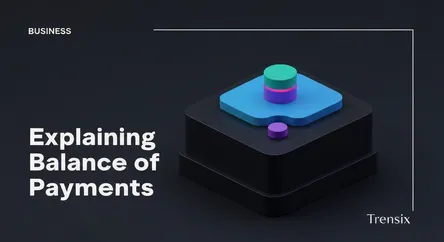Business
Explaining Balance of Payments

Discover the Balance of Payments (BoP), a key economic indicator tracking all financial transactions between a country and the rest of the world.
What is it?
The Balance of Payments (BoP) is a comprehensive record of all economic transactions between a country's residents and the rest of the world over a specific period. It is essentially a national financial statement that tracks money flowing in and out. The BoP is primarily divided into two components: the current account, which includes the trade of goods and services, foreign income, and direct transfers; and the capital/financial account, which records transactions in assets like stocks, bonds, and foreign direct investment. In theory, these two accounts must balance to zero.
Why is it trending?
Discussions about the Balance of Payments are trending due to increasing global economic interdependence and volatility. Amid shifting trade policies, fluctuating foreign investment, and concerns over national debt, the BoP provides a crucial snapshot of a country's financial stability. Economists and policymakers monitor BoP data to gauge a nation's competitiveness, spot potential financial crises, and assess its currency's strength. A significant deficit or surplus often sparks debates about trade agreements, protectionism, and national economic strategy, keeping it relevant in financial news.
How does it affect people?
A country's BoP directly impacts daily life. A persistent current account deficit can weaken the national currency, making imported goods and foreign travel more expensive. To attract foreign capital to balance its accounts, a government might raise interest rates, which increases the cost of mortgages and loans for consumers and businesses. Conversely, a large surplus can lead to a stronger currency, making exports less competitive and potentially affecting jobs in those sectors. The BoP influences everything from shelf prices to employment opportunities.